Sword of the Stars 2 release has suffered a slight delay. Previously target for September 2011 now SotS2 is targeted for release in October 2011, but this is yet to be confirmed by Paradox Interactive as stated in Paradox’s SotS2 website.
Anyway everything leads to believe that Sword of the Stars 2 will come out this Fall of 2011.
SpaceSector did an interview with Chris Stewart (Producer and Designer of Sword of the Stars 2) in order to anticipate some of SotS2’s new features.
Here follows the interview we did with Chris. I think it came out great, revealing a lot on what to expect from SotS2. Hope you agree. Enjoy!
1.Firstly, what can we expect from the story in Sword of the Stars 2?
The main thing you can expect is that all the hints and foreshadowing from the first series comes to a point with the return of the Suul’ka. From the very first of SotS1, players have been bumping into alien derelicts, which ultimately proved to be abandoned and damaged chunks of Suul’ka armor.
The second thing players can expect is that we didn’t reboot the story – the game universe reflects the passage of time in a number of ways. All six alien races from the first series are in SotSII from the start. The tech tree starts at a later tech era – no reinventing all the basic techs yet again. We also know where we’re headed with the SotSverse, so SotS2 will set the stage for future expansions the same way the first series did. There are even linked scenarios that tell little pieces of SotS lore.
2. Could you describe a bit the new race – The Suul‘ka?
Simply put, they are ancient Liir. Biologically, Liir are incredibly long lived, limited only by their size. Most elder Liir are very zen when their time comes, but a few seek to cheat death and do so by using their psionic powers, which are very well developed by their age, to dominate the population, and use the population to build them the suits they need to leave planetside and live in space. The Liir rebelled against the Suul’ka, destroying many of them – a few escaped. Now they’re back and just as dark and un-Liir as they were before, maybe moreso.
3. Are there any changes to the existing races?
There are small changes, some have even allied up with one another, so they are a playable faction moreso than a playable race. The biggest change to all the races is that the psionic powers of the Suul’ka have started a psychic arms race, as all the races rush to develop members of their population to act as offensive weapons or defensive shields against the Suul’ka (and more often than not, the psionic officers from the other alien empires.) Psionics are a whole new branch of the tech tree in SotS2.
4. Diplomacy was rather limited in SotS1. Has it been overhauled/improved?
Diplomacy in the first SotS is exactly what one would expect in an era of gunboat diplomacy – SotSII is meant to reflect what comes next in a new era, where empires have already been established and now have to live with one another. So, to that end a lot of the systems in the game, from trade to research to politics now factor into diplomacy in new ways. Your ability to develop provinces, which are internal diplomatic matters, impact things like local trade. Stations can now be developed and modified to suit various needs, including a range of stations with diplomacy in mind. And most importantly, how you play the game will impact diplomacy, as how you act in the game dictates where your government falls on a political spectrum, and depending on where the other players fall on the political spectrum, your ability to deal with them diplomatically can be easier or harder or outright impossible.
5. How does the starmap work in SotS2? Are there any new features, or it’s practically the same?
Starmaps in SotS2 will be familiar to people who played the first game, with a variety of 3D maps of different shapes and sizes. Some changes have been made – for example, certain areas of space are labeled, for new players that need more geographic reference. And the change from the abstracted one star – one planet system of SotS1 to whole solar systems has meant that the overall size of the galaxy maps have decreased.
300 stars in SotS1 meant 300 planets, which was fine for people playing epic games. But 300 stars in SotSII would be a thousand planets at a minimum – that’s way too large. So, overall the scale in terms of planets has been maintained, meaning a smaller number of stars per starmap. Plus we have cool space features, like nebula that players have to travel through or around.
6. About colony management. Do we still colonize abstract systems or individual planets? Are sliders still the primary form of control?
I got into that a bit above – SotSII now models each star as a solar system, with each star having zero to a handful of planets and asteroids. Setting up on them is the same easy-access sliders as in SotS1, and as your worlds develop, you now have more options. Planets can be developed into capitol worlds for a province of planets and stars. You can develop planets more towards specialized gem worlds focused on research and trade, or forge worlds focused on production. And around these worlds you can set up and develop stations, starting with small trade or naval stations that over time you can grow into massive trade hubs, or diplomatic stations or massive military installations.
7. Is ship design overhauled? Will we have more sections to swap out, or are we still limited to three?
Ship design is one of the core features from SotS1 that carries over mostly the same – through research players develop and unlock new ship sections; command, mission, and engine. Player can then mix-and-match the sections depending on the functions they need their ship design to serve. As before, they also get to set which weapons go into which turret banks on the ship. However, in SotSII things go even further – ships can now be outfitted with modules, which have their own functions. Depending on what players want, they can add even more of a ship’s ability by adding a module, or they can use modules to cover their bases.
So for example, they can leave out a Deep Scan section, preferring to put a more martial section in there – but they can add a sensor module, which while not as good as a Deep Scan section, does give the ship more than just the basic sensor range. As well, new carrier classes allow players to build, design, and equip a new range of battlerider ships that can be carried into battle. We also added a weapons test sub-screen on the design screen, so players can test out and admire their newly unlocked weapons and sections without having to worry about a raging battle going on around them.
In battle, players will notice ships now have armor, rather than the abstracted hitpoint system of the first game, and a whole interior life involving power-systems, crew, and supplies, which have to be taken into account when managing a fleet of ships, and can be negatively impacted in battles. All things players will want to keep in mind when designing their ships and composing their fleets.
8. Could you detail a bit more the new Leviathan and Battlerider ship classes?
The Leviathan class is the new massive ship class – these ships are as rare as they are mighty. Acquiring one will take a lot of research, time, and money, and as such, losing one will be devastating. Just as in SotS1, players have to remember that the game isn’t binary obsolescence – armor 3 makes lasers 2 useless – a weapon may become less effective, but it will still have an effect. If you can multiply that effect – more of that weapon, either on a single ship, or by having more ships together – you have multiplied the effect. So, a Leviathan is definitely a monster in battle, but a careless player can still lose one to a fleet of smaller ships if they’re not smart or careful.
Battleriders, and their cousins the System Defense Boats, are the refinement of the destroyer class ships in the first game. Players can design then and outfit them with weapons as they wish, then assign those ships to a carrier, for battleriders, and solar system for SDB. SDBs have small drive systems for moving around a solar system fast, whereas Battleriders only have basic thrust engines – they cannot move between the stars themselves and have to be carried into and out of battle.
9. In lieu of these larger ships, will combat be fought on a larger scale?
SotSII is definitely more of a capital ship class tactical wargame when it comes to the real-time combat side of the game. Bigger, more durable, more complex ships fighting over an entire solar system means a very different type of combat from the first game – there’s a reason we let you name your ships in SotSII!
10. Besides any new technologies, can we expect other improvements to the technology system?
A cool new addition to the research system is the feasibility study. As in the first series, the randomized tech tree is a key feature for keeping the game highly replayable and avoiding the stagnation you get with static tech trees. So as before, players aren’t aware of what they do and don’t have as technologies (not counting the core technologies that everyone has every game) until they research the technologies that come before.
However, players now have the option to spend a couple of turns on a feasibility study, in which their scientists are able to tell them how hard researching a particular technology will be. This is extremely useful if your plans are betting on a certain technology within a certain period of time – if it’s not going to happen, you don’t want to find out the hard way, mid-plan execution. You want to know in advance and cook up another plan.
11. If you had to choose the one improvement you’re most proud of, what would it be?
I think the MARS2 engine cannot be overlooked. As much as we were able to immerse people in the real-time battles in SotS1, using physics and polygon accurate targeting and weapons fire with an actual presence in the game world, I look at pictures for SotS1 and SotSII side by side and I’m blown away by the new look of the game.
Thank you for your time Chris.
Zachary Cryer has been a SpaceSector contributor since May 2011. Besides having assembled the questions for this interview he also did a review of Sword of the Stars Complete collection. Zachary has done many other reviews on his Gamespot page.
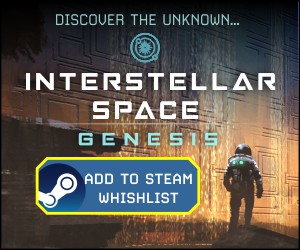
1 Comment
Related Articles:
- Sword of the Stars 2: Lords of Winter Q&A – Gamespot Interview
- Indie Gala June – Star Ruler and Sword of the Stars Complete
- Sword of the Stars 2 Announced
- Sword of the Stars 2: New Video Interview With Lead Designer / CEO Martin Cirulis at GDC
- Sword of the Stars 2 Update

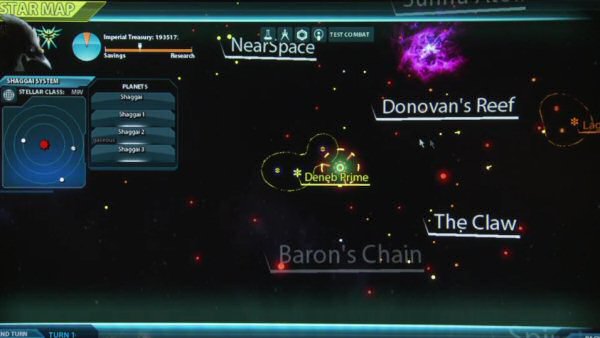
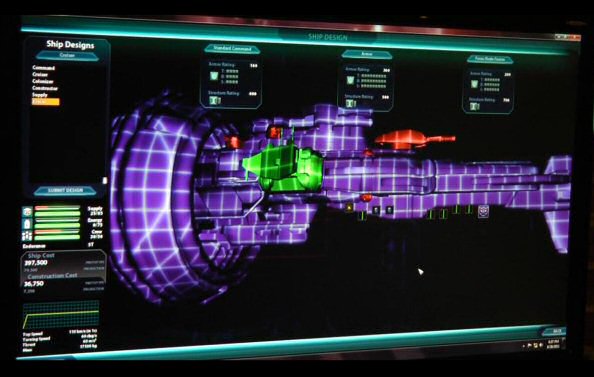
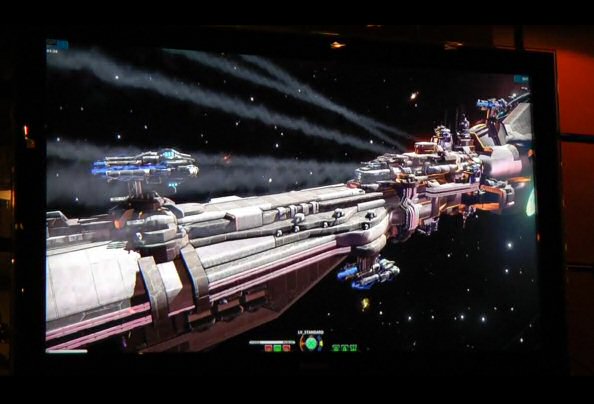
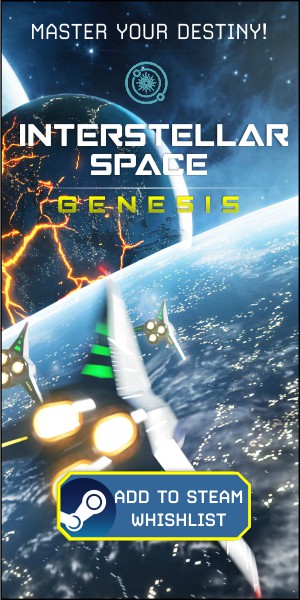
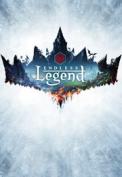

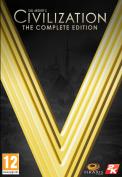


Good read… can’t wait for this game